Forces that decimated the sparrow could end humanity in Derry
and live on Freeview channel 276
I cannot remember my father spreading breadcrumbs for the sparrows but they were certainly an important part of my early life. Like many things, wildlife was in very short supply. Wallsend was a shipbuilding and mining town on the banks of the Tyne.
The close packed gardenless terraced houses crowded out almost every aspect of the natural world but the sparrows thrived in this unwelcoming environment.
Advertisement
Hide AdAdvertisement
Hide AdEvery street had its flock of sparrows. Apart from the feral pigeons, they were the only wild residents in this otherwise urban desert. Not that I appreciated them in any way.
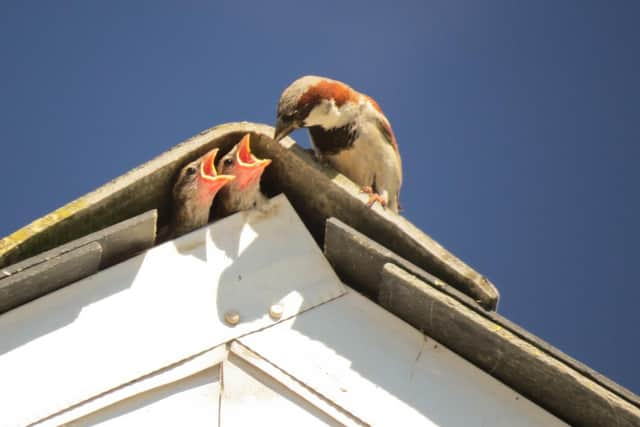

The appearance of their brown feathers was far too dull. They seemed not to sing but twittered tunelessly. Even their nests did little to improve the general appearance of the area. In spring they crammed their nests into whatever crevices they could find in the brickwork.
They were constructed mostly of whisps of grass but since this natural material was obviously in short supply it had to be supplemented with pieces of paper. Often half crammed in, the grass and paper bulged untidily from the holes.
My walks to the parks and waste ground around the town let me appreciate that there were many kinds of birds better than the sparrow. Blackbirds, thrushes, robins and many other kinds of bird looked better, sang better and were better nest builders than the sparrow.
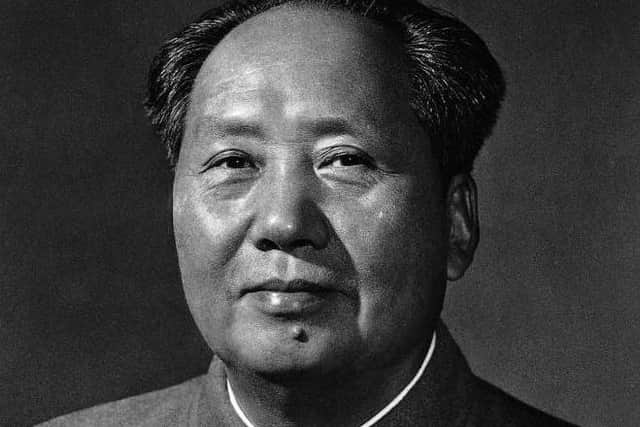

Advertisement
Hide AdAdvertisement
Hide AdOne traumatic event led me to see the sparrow in a different light. Children in those days had many activities, often seasonal, which now seemed to have disappeared. Apart from more formal sports like football and cricket, there were mass participation street games.
It was never as comprehensive as the Children’s Games painted by Pieter Bruegel but it now seems they have been completely replaced by the Xbox. We also made things, sledges in wintertime, go carts from disused prams in summer and even deadly weapons.
I was immensely proud of the catapult I had made from a forked stick, rubber and string. Poor coordination and even poorer eyesight meant I could hit nothing with my newfound deadly toy.
My luck changed tragically when I took aim at a sparrow chirping in a tree in the local park. I can recall the horror as his song abruptly ended. I picked up the bundle of lifeless feathers with the telltale spot of blood oozing from the crumpled chest. I do not think I ever shot my catapult again.
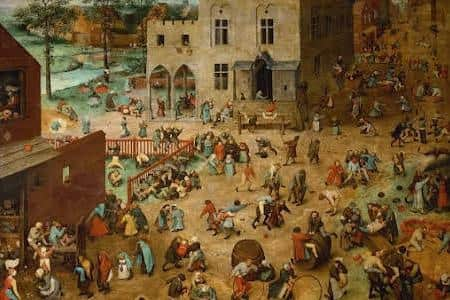

Advertisement
Hide AdAdvertisement
Hide AdMy own crime falls into insignificance compared with the world’s most famous sparrow murderer Mao Zedong. In 1959 Mao identified four targets to improve life in China during the ‘Great Leap Forward’ beginning in 1959.
These were mosquitoes, rodents, flies and sparrows. Sparrows were held responsible for eating the grain including rice on which the underfed population depended.
People were encouraged to attack sparrows by every means possible: killing them directly, destroying their nests and banging pans to drive them away.
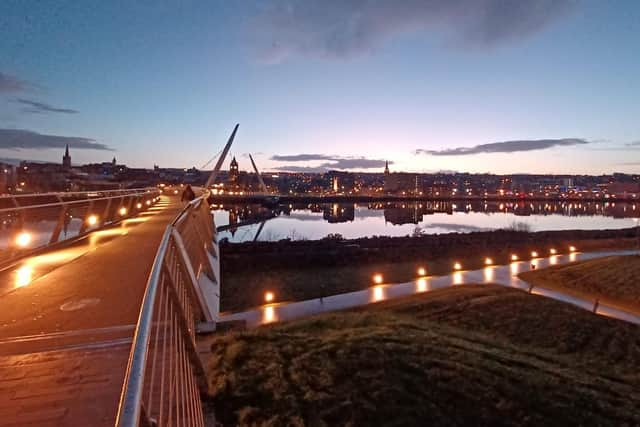

By 1960 the plan was working perfectly, sparrows were all but extinct. Inevitably disaster struck, locust swarms in 1960 had a devastating effect on harvests not least because there were no sparrows to eat these pests. There were other contributory factors notably drought and corruption but the result was that an estimated 15 – 55 million people died of famine
Advertisement
Hide AdAdvertisement
Hide AdIt would be totally wrong of us to scoff at Mao’s efforts and his lack of appreciation of the interconnected way our ecosystems work. Fundamentally each element within the system depends upon the other to maintain balance that allows all life on earth to survive.
Life on earth, not least ourselves, is under threat from our abuse of our environment: fossil fuels, habitat destruction, pesticides, toxic waste and litter. A whole herd of horses of the apocalypse we choose to ignore.
There are numerous canaries in the mine indicating that we need to change not least the reduction in bird numbers since I killed my sparrow in the1960s.Bird numbers as a whole have reduced by 20%.
Worst hit are common birds like the sparrow whose numbers have declined by over 70%. We can also include similar reductions in all forms of wildlife bees, flowers and butterflies which do so much to enhance our lives.
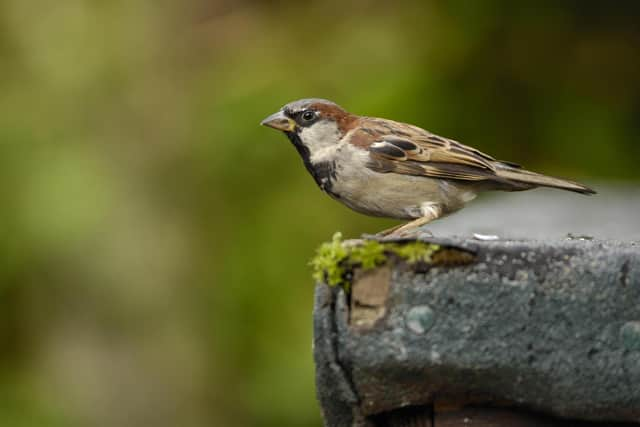

Advertisement
Hide AdAdvertisement
Hide AdThere are also ongoing tragedies we are not so aware of in our rivers and seas.
Barcelona is a wonderful city. On a winter visit some years ago I was able to appreciate its wonderful setting where it opens up to a fine beach at the edge of the city.
As well as being Spain’s and Catalonia’s most important industrial city it has the most fantastic architecture including its medieval core. Its most famous building is Gaudi’s unfinished but wonderful cathedral La Familia Sagrada.
The winter sun shining through the stained glass of the western window was unforgettable. Even a bus trip through the town was a lesson in how to plan a city with tree lined boulevards with a mix of traffic and pedestrian access.
Advertisement
Hide AdAdvertisement
Hide AdThe wide streets were punctuated by truly beautiful apartment blocks designed by Gaudi himself. I was not so impressed by the Miro gallery we visited. His ultra-modern paintings did not strike a chord with me. The high point of our visit was to sit in the art gallery’s outdoor café with great views of the city spread out below.
While enjoying a cup of tea, a sparrow landed between my legs walking about picking up bits of waste food dropped on the ground. I was able to examine it at close quarters but this time without a catapult in my hand.
I looked at the intricate pattern made by the shades of brown feathers on its back. Neither Miro, Picasso or any other of other the artists whose work was celebrated in the town below, could challenge its beauty.
No engineer in Barcelona or in any of the world’s technological hotspots could get close to designing or making one of its feathers with its capacity to keep this creature warm and cool in almost any place on earth.
Advertisement
Hide AdAdvertisement
Hide AdA jet plane, probably one of the most complicated pieces of engineering on earth, which had taken us from Ireland to Barcelona in two hours. No engineer is capable of repeating the complexity of a sparrow’s toenail never mind the whole bird.
Then, in a brain busting revelation, the sparrow flew away with the grace no plane could begin to match. The thought occurred to me, ‘whoever made you knew what he was doing’.
The absence of sparrows is no mystery. They have fallen foul of the threats devastating all of the natural world. It happened gradually over half a century. They were gone with no fuss, their decline unnoticed.
The comparative few that remain need to be treasured and saved for the wonders that they reveal but also for one other reason. The forces that have led to the decimation of the sparrow are the same we face.
Advertisement
Hide AdAdvertisement
Hide AdLeft unchecked they could lead to the end of humanity in my hometown, in Derry where I lived for fifty years, in Barcelona or anywhere around the world.
To A Sparrow
‘There is no bird half as harmless, None so sweetly rude as you, None so common and so charmless, None so virtues nude as you.
‘But for all your faults I love you, For you linger with us still. Though the wintry winds reprove you, And the snow is on the hill.’
Francis Ledwidge